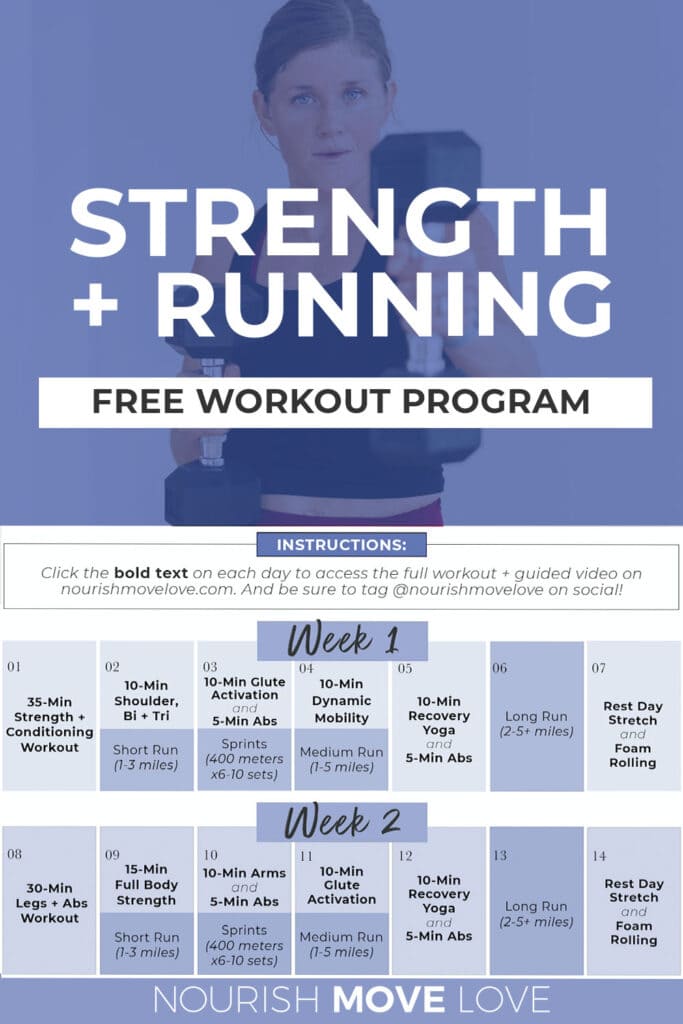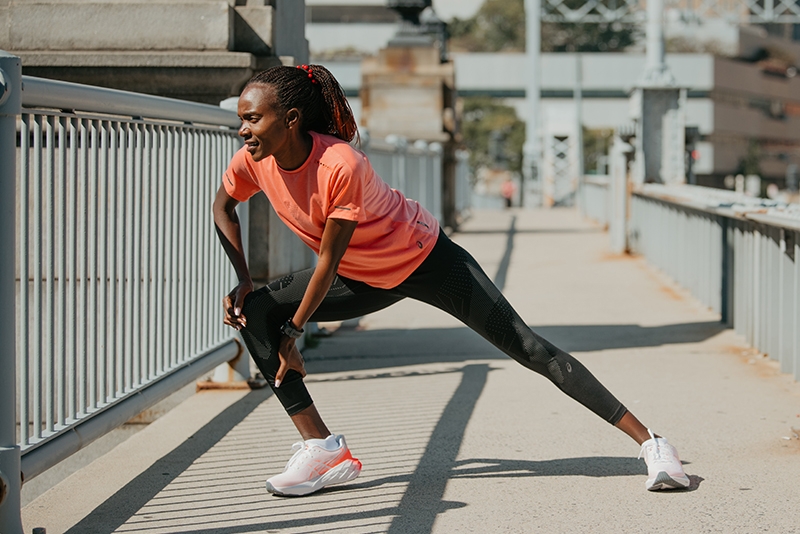Elevate Your Running Strategy with Proven Techniques
Elevate Your Running Strategy with Proven Techniques
Blog Article
Getting Over Discomfort in Running: Methods and Strategies That Work
Pain is a common buddy for several runners, commonly acting as an obstacle to attaining their desired objectives. With the ideal methods and methods, it is possible to overcome and even prevent the pain linked with running. By checking out different methods such as recognizing the different sorts of running discomfort, enhancing footwear and type, incorporating cross-training and strength exercises, implementing reliable recuperation techniques, and preserving correct nourishment and hydration, runners can potentially minimize their discomfort and enhance their total running experience.
Comprehending Different Sorts Of Running Discomfort

Another kind of running discomfort is joint discomfort, which can manifest as a sharp or throbbing discomfort in areas such as the knees, hips, or ankle joints (running strategy). Joint pain might be triggered by elements like incorrect running kind, overuse, or underlying problems like joint inflammation (more about it here). It is essential to separate in between muscle discomfort and joint pain, as the latter might call for medical attention to avoid additional injury
Comprehending the different kinds of running discomfort is important for reliable monitoring and avoidance methods to make sure a risk-free and satisfying running experience.
Appropriate Shoes and Running Form
To optimize efficiency and lower the threat of running-related injuries, picking proper footwear and keeping correct running kind are crucial parts for joggers of all degrees. Proper shoes plays a vital function in offering support, padding, security, and defense for the feet and reduced limbs. It is advised to select running shoes that are specifically designed for the person's foot kind, running gait, and the kind of running task they participate in. Getting suitabled for shoes at a specialized running store can assist make certain the appropriate fit and assistance.

Cross-Training and Strength Exercises
Stamina workouts, like squats, lunges, and core exercises, play a crucial duty in stabilizing muscles and boosting running performance. They can correct muscle click to read more inequalities, enhance agility, and boost power outcome, all of which are essential for running efficiency.
Incorporating cross-training and stamina exercises right into a running regimen needs to be done strategically. It is necessary to permit for sufficient rest between running sessions and cross-training tasks to stop overuse injuries. Additionally, focusing on proper type and strategy during stamina exercises is vital to optimizing their benefits and reducing the risk of injury. By including these elements right into a running routine, joggers can develop a stronger structure, enhance efficiency, and take pleasure in a more sustainable running experience.
Recovery and Relax Techniques
Having developed the significance of cross-training and toughness exercises in a thorough running routine, focus can now be guided in the direction of Recuperation and Rest Strategies as essential parts for optimizing performance and lowering the threat of injuries. (running workout)
Healing after running is crucial for muscle mass fixing and growth. Strategies such as foam rolling, stretching, and massage therapy help in decreasing muscular tissue pain and improving flexibility. Appropriate remainder in between runs allows the body to recuperate and adjust to the physical stress and anxiety, stopping overuse injuries.
Incorporating active healing days right into a training timetable, where low-intensity tasks like walking or cycling are done, can boost blood flow and advertise recovery without placing excess stress on the muscle mass. In addition, proper hydration and nutrition play a crucial duty in the recovery process by replenishing shed fluids and nutrients.
Quality rest is one more essential element of recuperation that should not be neglected. During sleep, the body goes through repair work and regrowth processes, contributing to general physical and mental health. By prioritizing healing and rest methods, runners can keep optimal performance degrees and reduce the likelihood of experiencing pain or injuries.
Nourishment and Hydration for Runners
How can runners optimize their performance via correct nutrition and hydration methods? Nutrition and hydration are important aspects of a jogger's training routine, playing a crucial duty in performance, endurance, and recuperation. To improve performance, runners need to concentrate on taking in a well-balanced diet that consists of carbs, proteins, healthy fats, vitamins, and minerals. Carbs supply power for running, while proteins help in muscle mass repair work and recovery. Healthy and balanced fats support overall wellness and assistance in absorbing essential nutrients. Ample hydration is likewise important to preserve ideal performance, as also mild dehydration can adversely impact running performance. Joggers must drink water prior to, during, and after their go to stay hydrated. Electrolytes, such as salt and potassium, are likewise important for preserving fluid equilibrium and muscle feature - running workout. In addition, timing meals and treats appropriately prior to runs can help protect against intestinal pain and give the necessary power for peak performance. By taking notice of their nutrition and hydration, runners can improve their endurance, accelerate recovery, and carry out at their finest.
Verdict
Finally, by recognizing the numerous sorts of running pain, putting on appropriate footwear, preserving correct running kind, incorporating cross-training and strength exercises, prioritizing recovery and rest, and concentrating on nourishment and hydration, joggers can successfully conquer pain and improve their efficiency. Applying these methods and methods can help joggers prevent injuries, enhance their endurance, and ultimately enjoy a much more satisfying running experience.
Report this page